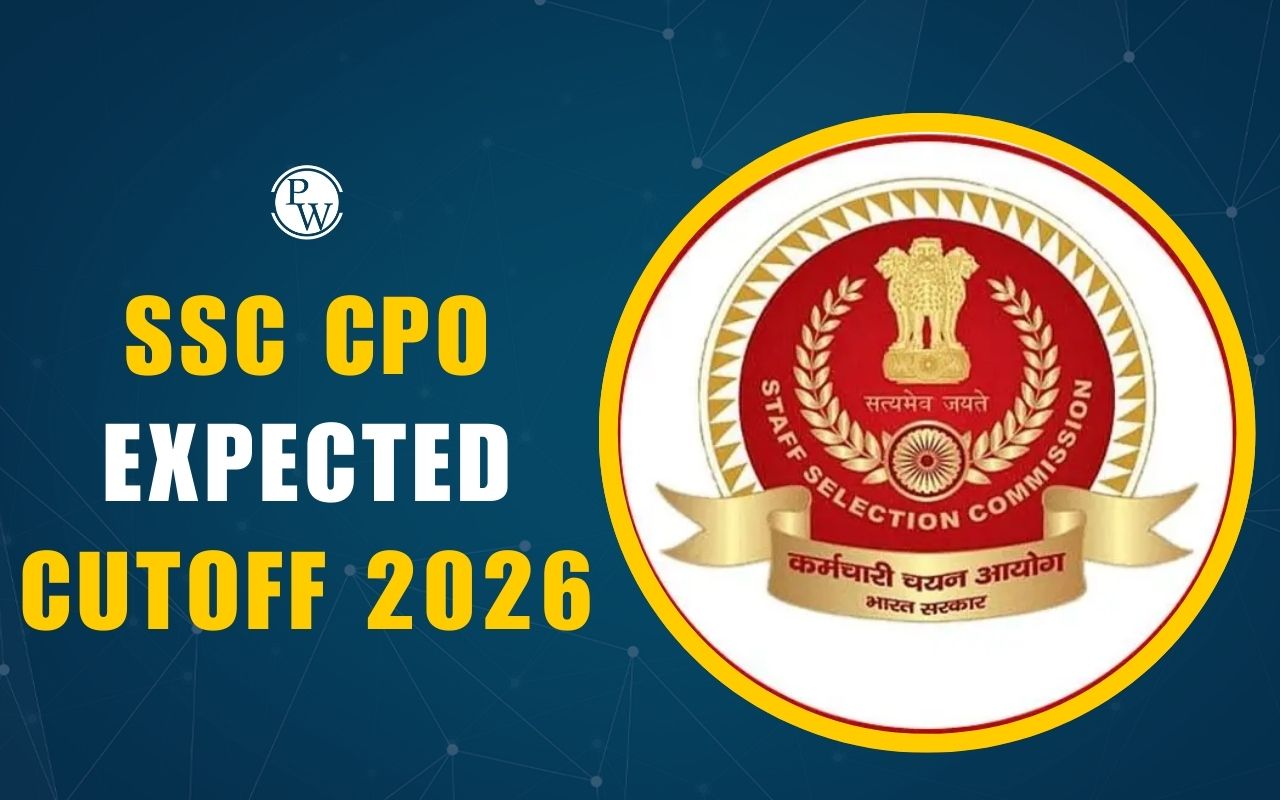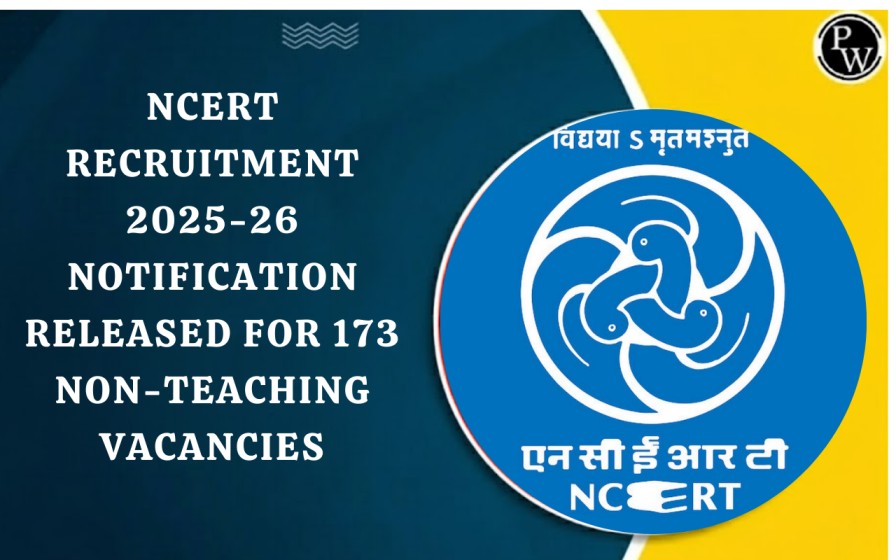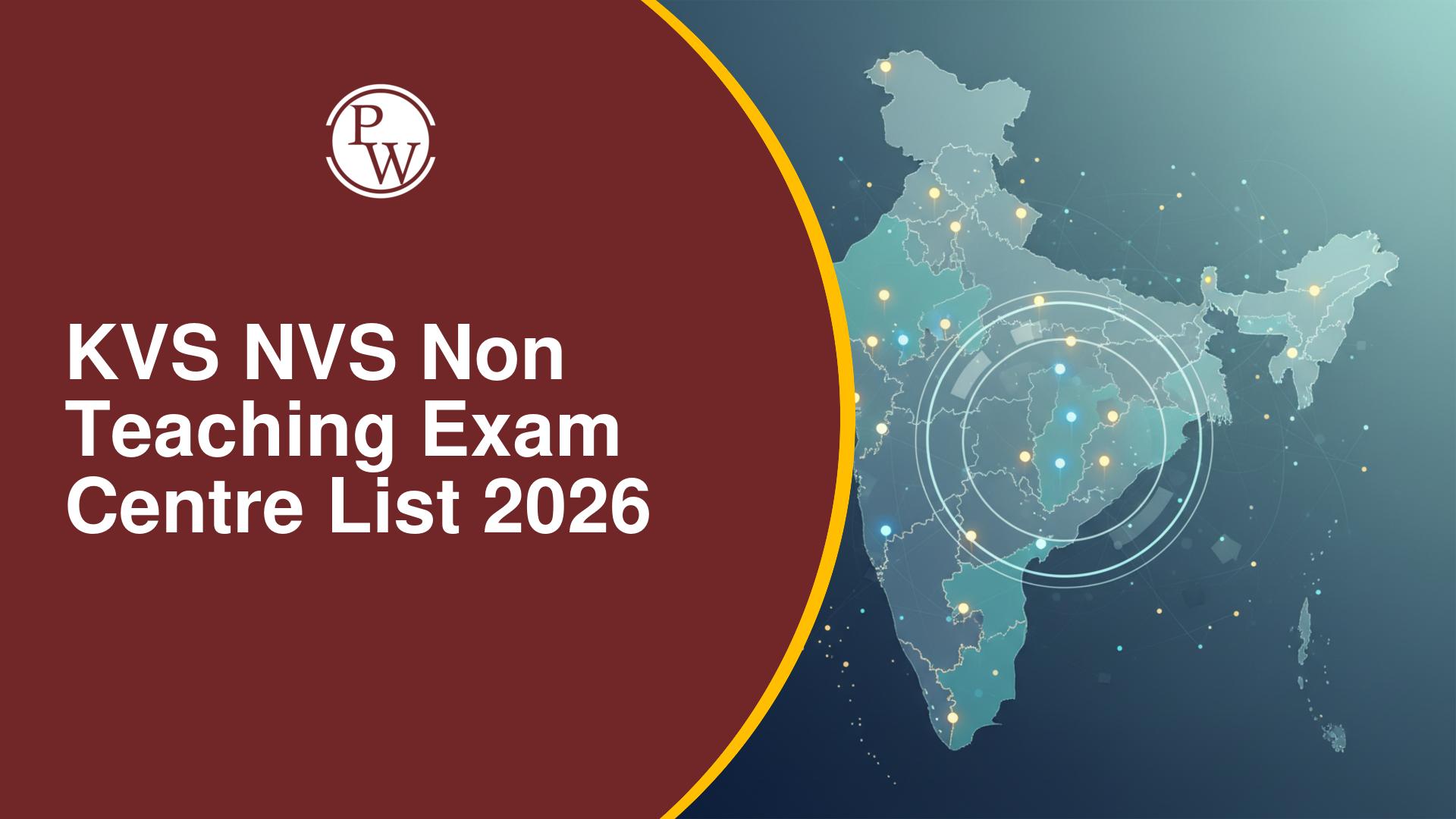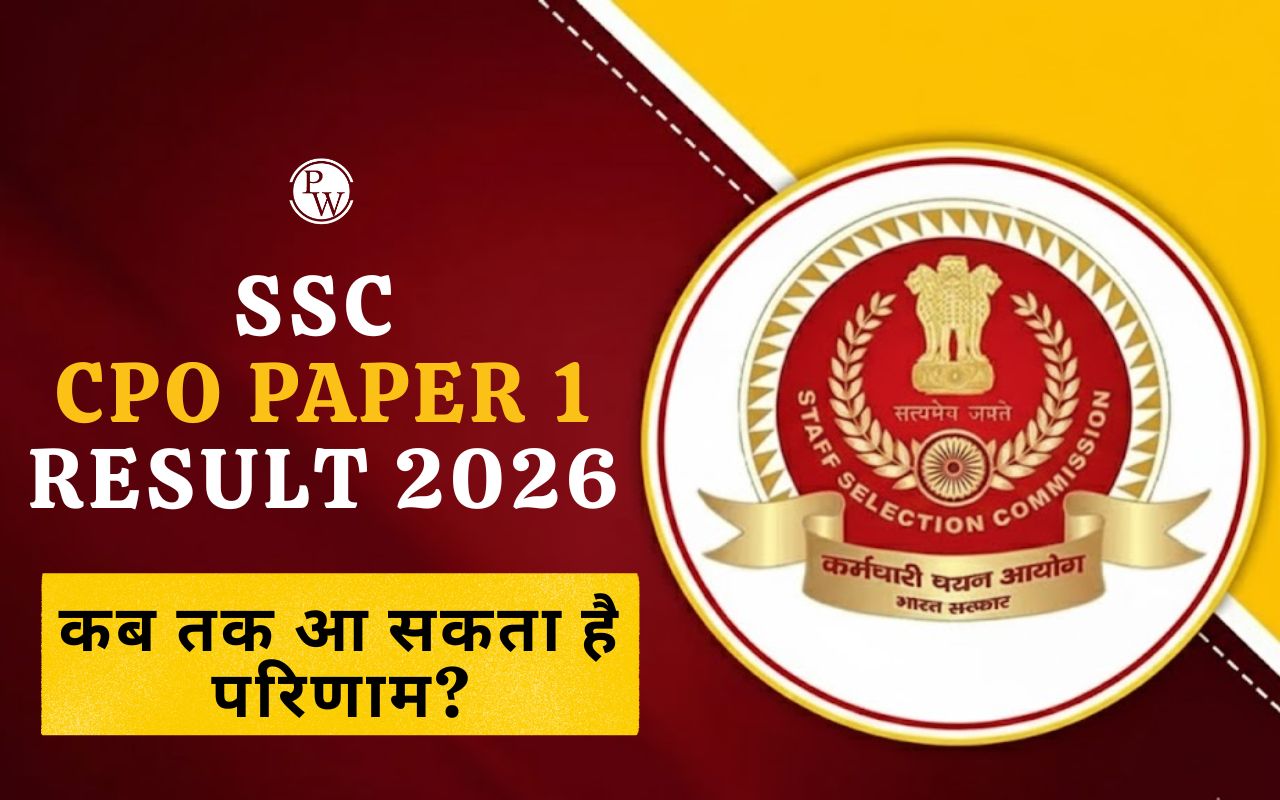
Five-Year Plans of India: The Indian government developed a series of strategic plans known as the Five-Year Plans in an effort to promote industrialization and general economic progress. These plans were started in 1951, not long after India gained independence from British colonial rule, and they continued until 2017. The main objective was to steer the nation's economic development in the direction of sustainable growth and prosperity by carefully defined policies and targeted measures spread out over five-year intervals.
Five Year Plans of India
In India, the Five-Year Plans were a series of planned economic and social development policies introduced by the government. These programmes were aimed to promote economic growth, social welfare, poverty alleviation, regional balance, and self-reliance in a systematic and planned manner. The goal was to handle these diverse areas of national development in a systematic manner across five-year periods.List of Five Year Plans of India
The Government of India discontinued the Five-Year Plans following the Twelfth Five-Year Plan (2012-2017). This conventional method was replaced with the establishment of Niti Aayog, a new institutional framework. As a reflection of a change in the nation's strategic and developmental vision, Niti Aayog is committed to promoting sustainable development goals and long-term planning. However, candidates go through the list of 5 year plan in india from the below table:-| List of five year plan in india | |||
| Five Year Plan | Time Period | Salient Features | Achievements |
| First Plan | 1951-1956 | Focused on agriculture, power, and irrigation. Targeted a 2.1% increase in national income. Total outlay of Rs. 2069 crore. Aimed to increase food production and improve the standard of living for the poor. | Increased agricultural production, establishment of Bhilai Steel Plant and Damodar Valley Corporation, establishment of Indian Institutes of Technology (IITs). |
| Second Plan | 1956-1961 | Emphasis on industrialization. Targeted a 25% increase in national income. Total outlay of Rs. 4,800 crore. Set up the Planning Commission to oversee and implement the plan. | Established public sector enterprises (HMT, SAIL, ONGC), Green Revolution in agriculture. |
| Third Plan | 1961-1966 | Continued focus on industrialization, with more emphasis on self-sufficiency. Targeted a 5.6% increase in national income. Total outlay of Rs. 9,475 crore. Introduced the concept of "import substitution" to reduce dependence on foreign goods. | Establishment of major steel plants at Bokaro and Rourkela, expansion of the railway network, introduction of high-yielding varieties of wheat and rice. |
| Fourth Plan | 1969-1974 |
on agriculture, employment, and poverty alleviation. Targeted a 5.7% increase in national income. Total outlay of Rs. 22,227 crore. Introduced the Green Revolution to increase food production. |
Increase in food grain production, establishment of NDDB, launch of Family Planning Programme. |
| Fifth Plan | 1974-1979 | Emphasis on poverty alleviation, self-reliance, and social justice. Targeted a 4.4% increase in national income. Total outlay of Rs. 46,000 crore. Introduced the Twenty Point Programme. | Establishment of Rural Electrification Corporation, launch of Employment Guarantee Scheme, establishment of NABARD. |
| Sixth Plan | 1980-1985 | Continued focus on poverty alleviation and self-reliance. Targeted a 5.2% increase in national income. Total outlay of Rs. 144,500 crore. Introduced measures to control population growth and improve education and health services. | Focus on rural development and poverty alleviation, establishment of SFDA, establishment of Rashtriya Mahila Kosh. |
| Seventh Plan | 1985-1990 | Focus on improving productivity and modernizing industries. Targeted a 5% increase in national income. Total outlay of Rs. 487,000 crore. Introduced the concept of "appropriate technology". | Launch of Jawahar Rozgar Yojana, establishment of Technology Development Board, initiation of National River Conservation Plan. |
| Eighth Plan | 1992-1997 | Emphasis on liberalization and globalization of the Indian economy. Targeted a 6.5% increase in national income. Total outlay of Rs. 825,000 crore. Introduced economic reforms. | Launch of economic reforms and liberalization, establishment of SEBI, establishment of National Renewal Fund. |
| Ninth Plan | 1997-2002 | Focus on human development, poverty alleviation, and infrastructure development. Targeted a 7% increase in national income. Total outlay of Rs. 1,62,759 crore. Introduced Sarva Shiksha Abhiyan. | Focus on infrastructure development, establishment of NHAI, launch of National Programme of Mid-Day Meals in Schools. |
| Tenth Plan | 2002-2007 | Emphasis on inclusive growth, employment generation, and rural development. Targeted an 8% increase in national income. Total outlay of Rs. 8,77,000 crore. Introduced NREGA. | Launch of Sarva Shiksha Abhiyan, establishment of NREGA, increase in foreign direct investment. |
| Eleventh Plan | 2007-2012 | Focus on inclusive growth, infrastructure development, and environmental sustainability. Targeted a 9% increase in national income. Total outlay of Rs. 36,44,000 crore. Introduced National Skill Development Mission. | Establishment of UIDAI, launch of National Solar Mission, expansion of National Rural Health Mission. |
| Twelfth Plan | 2012-2017 | Focus on faster, more inclusive, and sustainable growth. Targeted an annual average GDP growth rate of 8%. Total outlay of Rs. 55,00,000 crore. Emphasized social and economic reforms, including GST and DBT. | Establishment of GST, launch of National Skill Development Mission, launch of Pradhan Mantri Jan Dhan Yojana. |
Future Plans of India
There had long been a belief that centralized planning, with its one-size-fits-all approach, could not function further in a country as large and diverse as India. Therefore, the Planning Commission was dissolved by the NDA administration and replaced with the NITI Aayog. The five-year defense strategy was created even though there was no thirteen-year plan. It is crucial to remember that NITI Aayog materials are not used for financial purposes. They are only government policy guide maps.
Key Features of Five Year Plans of India
- The objectives of every Five-Year Plan were to promote economic growth and development in a variety of sectors, including infrastructure, social welfare, industry, and agriculture.
- The Planning Commission of India was in charge of creating the Five-Year Plans. This committee evaluated the current state of the economy, pinpointed areas in need of development, and set goals for the following five years.
- A number of federal, state, and municipal government departments and agencies worked together to carry out the plans.
- A variety of sources, including the government budget, foreign loans, and private investments, provided funding for the plans' execution.
- Agriculture, education, healthcare, and infrastructure are just a few of the areas where India has made tremendous strides thanks in large part to the Five-Year Plans.
History of Five Year Plans of India
Economic planning in India has its roots in the pre-independence period, when prominent industrialists, academics, and leaders of the freedom movement came together to plan the country's post-independence future. Distinguished civil engineer and administrator M. Visvesvaraya is one of the pioneers of this endeavour. In 1934, he published his groundbreaking essay "Planned Economy for India," which outlined a bold ten-year plan costing Rs. 1000 crore. Given the economic climate at the time, the plan aimed to achieve a significant 600% yearly increase in industrial output. The 1948 Industrial Policy Statement, which supported a mixed economy and called for the creation of a Planning Commission, marked a major turning point in the post-independence environment. Important turning points in India's economic planning history include:- The Planning Commission was established on March 15, 1950.
- First Five-Year Plan Launched: July 9, 1951
- August 17, 2014 saw the dissolution of the Planning Commission.
- The National Institution for Transforming India (NITI) was established. January 1, 2015, Aayog
Objective of Five Year Plans of India
- Economic Development: Focused on increasing Gross Domestic Product (GDP) and per capita income to propel overall economic growth.
- Increased Employment: Aims to optimize the country's human resources by enhancing employment levels.
- Self-Sufficiency: Aiming for self-sufficiency in key commodities and boosting exports, particularly evident during the third five-year plan (1961-66).
- Economic Stability: Strives for stable market conditions, managing inflation, and preventing deflation to avoid structural defects in the economy.
- Social Welfare and Efficient Social Services: Aims to improve labor and social welfare, with a focus on enhancing social services such as education, healthcare, and emergency services.
- Regional Development: Seeks to diminish regional disparities in economic development, addressing variations among states and promoting balanced growth.
- Comprehensive and Sustainable Development: Targets the development of all economic sectors—agriculture, industry, and services—for holistic and enduring growth.
- Reduction in Economic Inequality: Pursues measures like progressive taxation, employment generation, and job reservation to alleviate economic inequality.
- Social Justice: Central to planning, endeavors to diminish the population below the poverty line, providing access to employment and social services.
- Increased Standard of Living: A primary aim is to elevate the standard of living by augmenting per capita income and ensuring equitable income distribution.
Five Year Plans of India FAQs
Q1. When did the Five-Year Plans end, and what replaced them?
Q2. What was the role of M. Visvesvaraya in economic planning in India?
Q3. When did economic planning in India commence?
Q4. What was the focus of the Ninth Five-Year Plan (1997-2002) in terms of development goals?
Q5. What measures were taken to address economic disparities among states during the Five-Year Plans?










